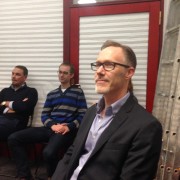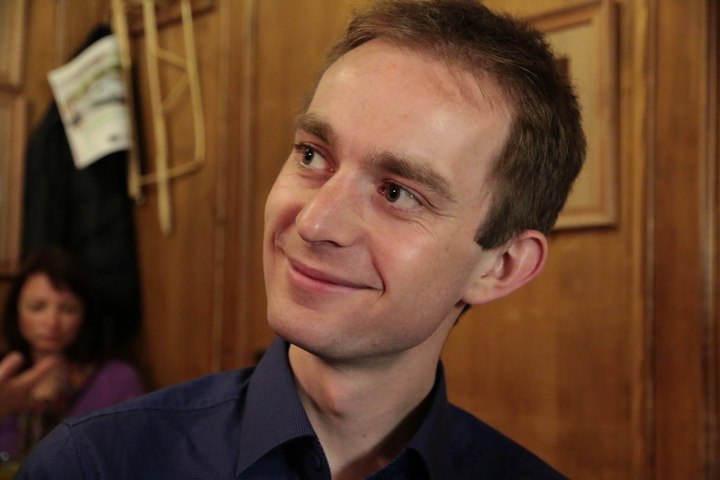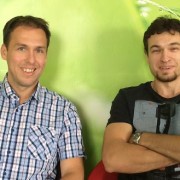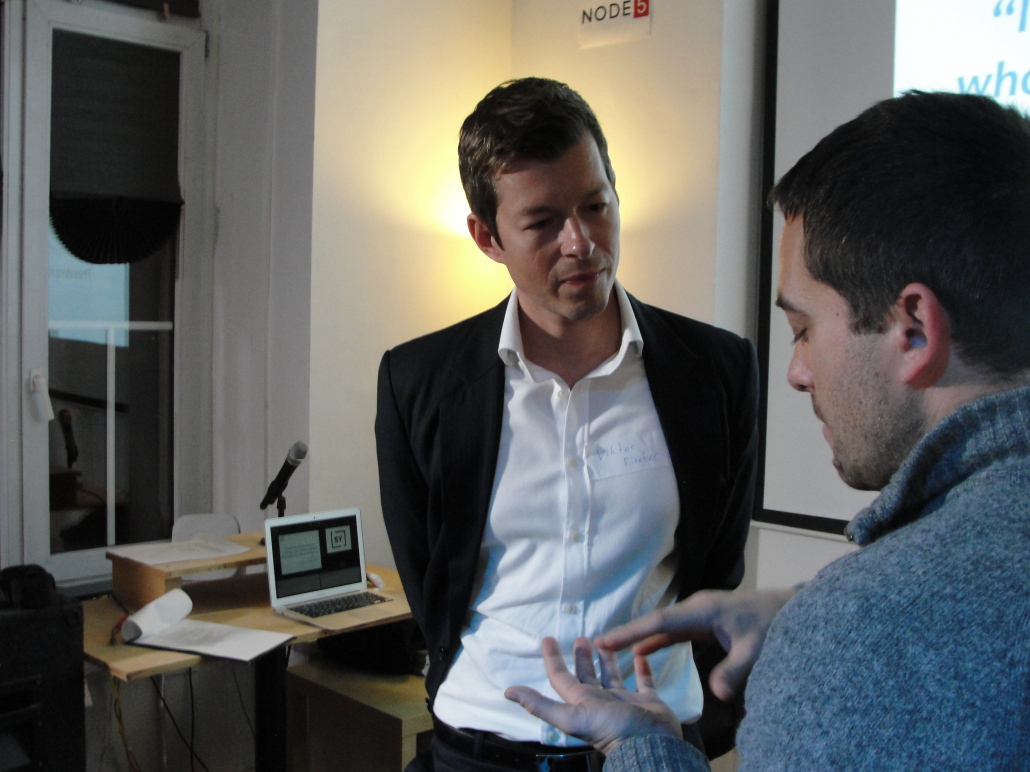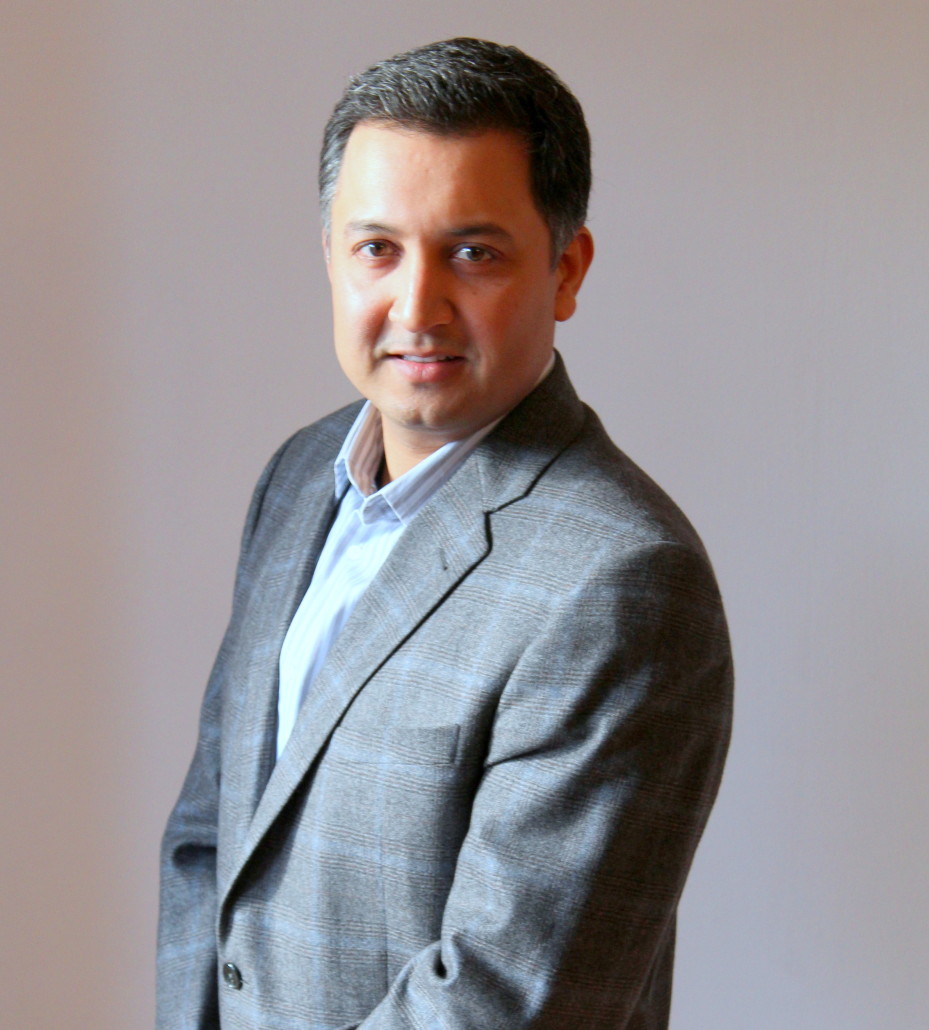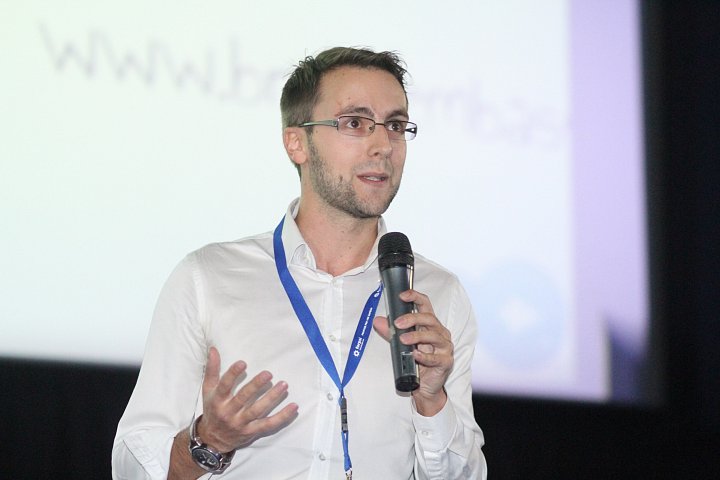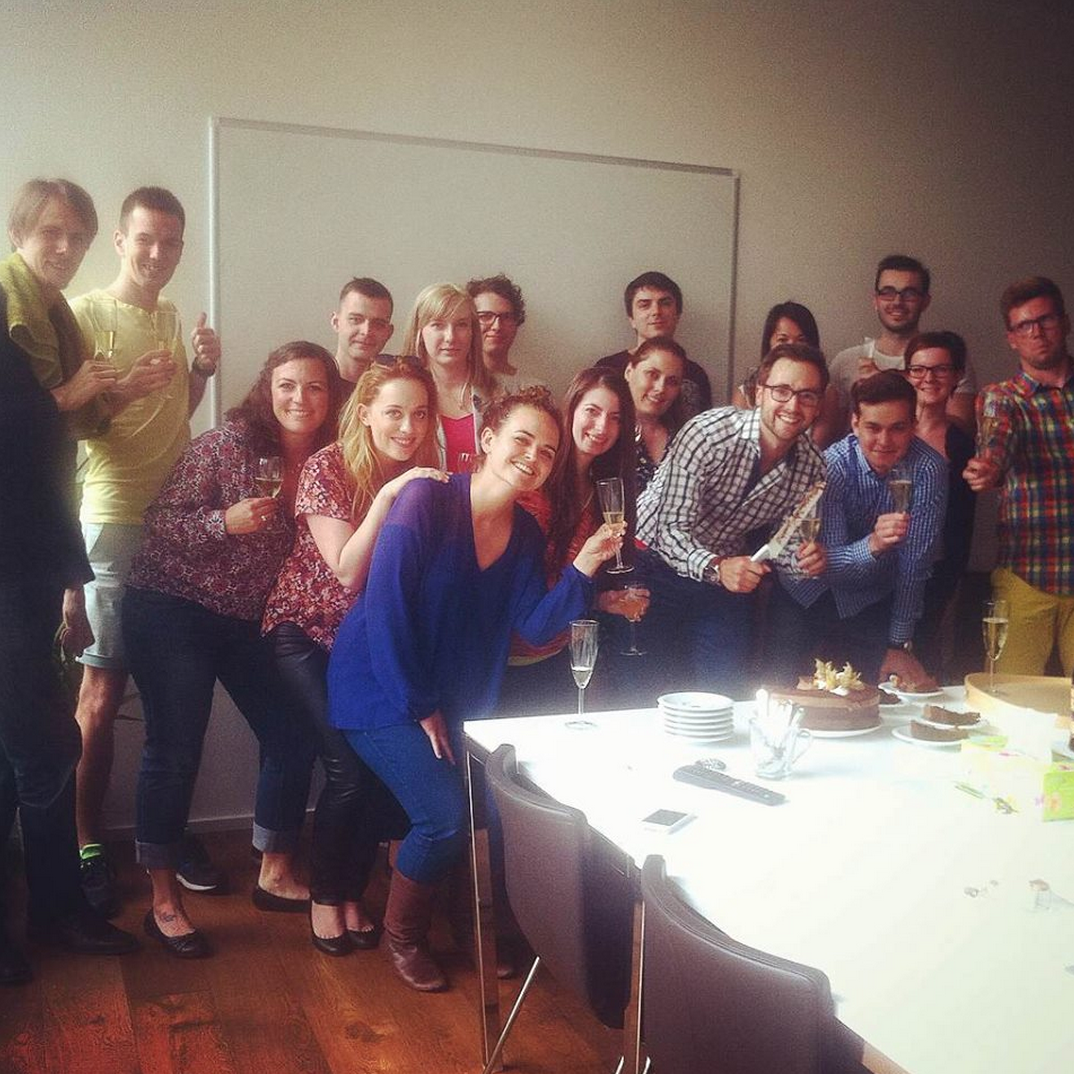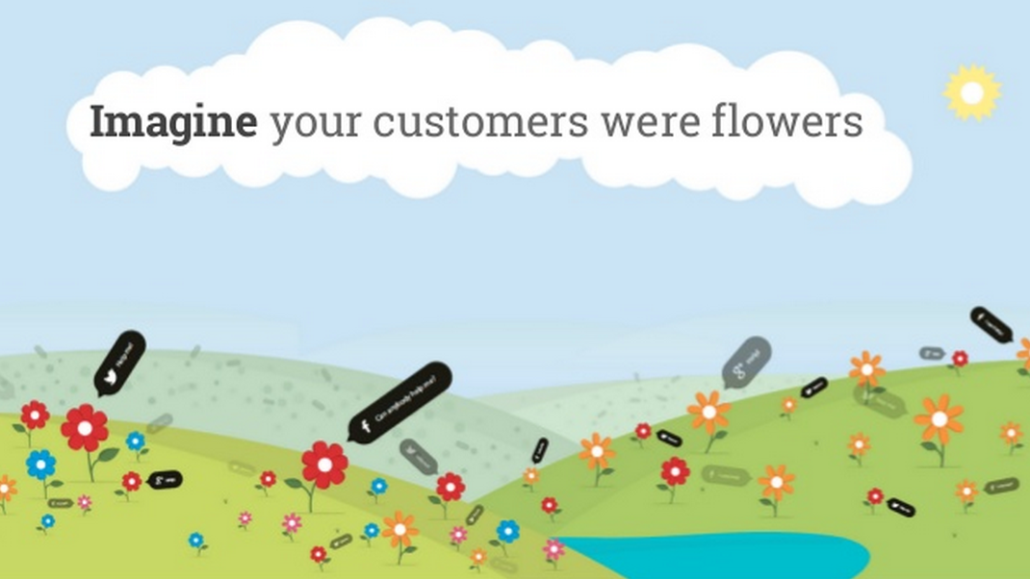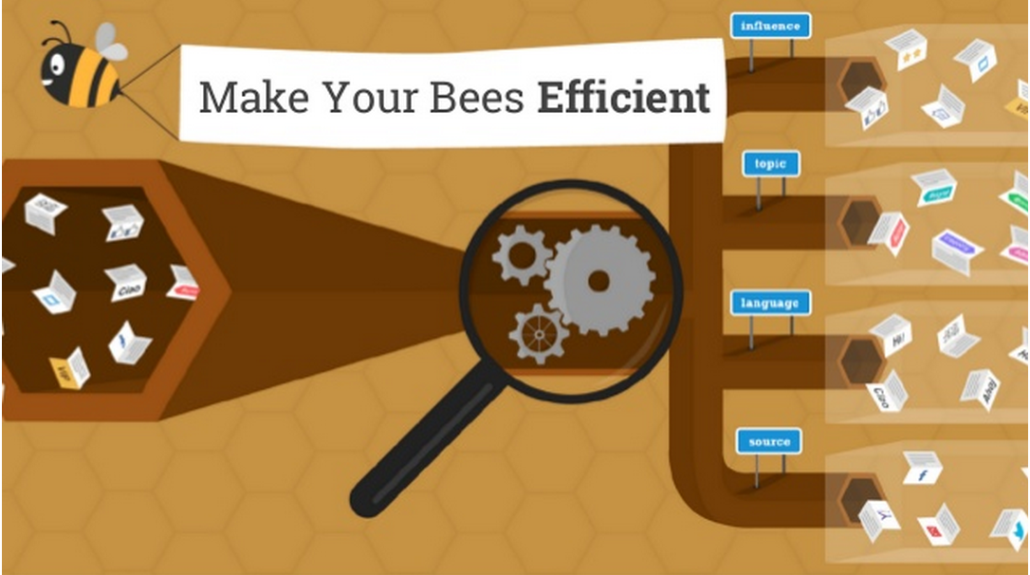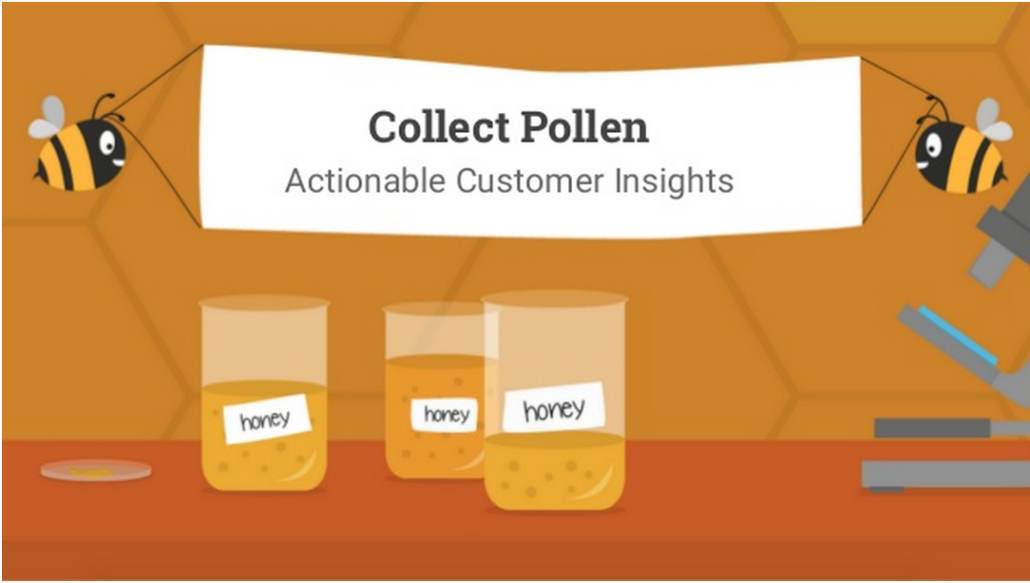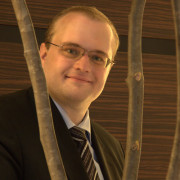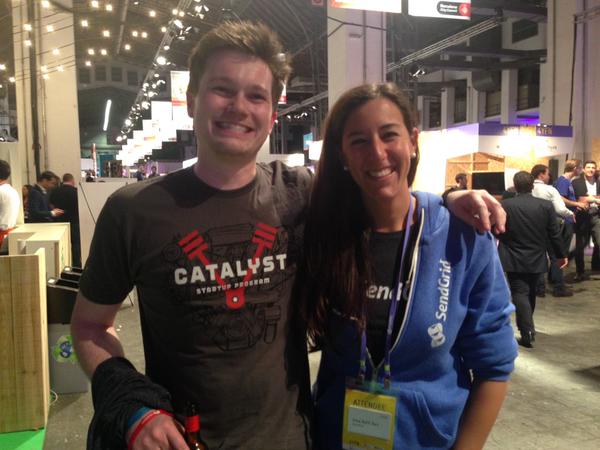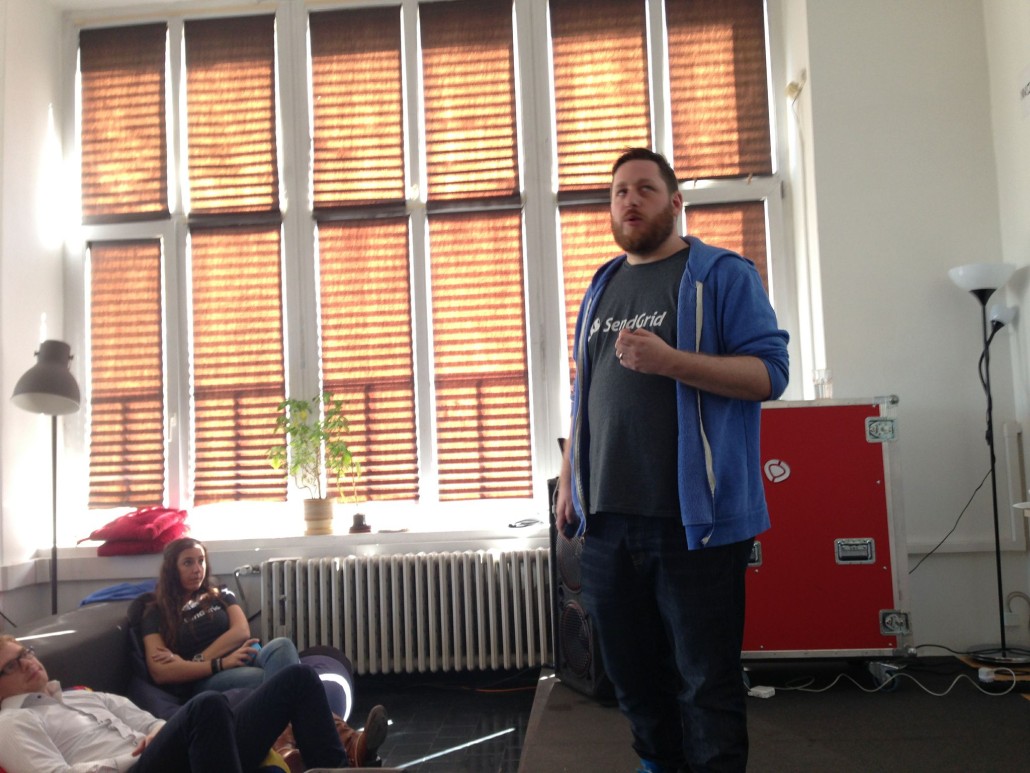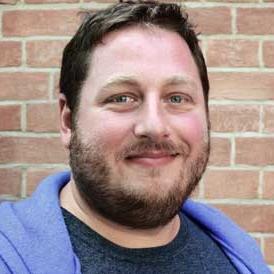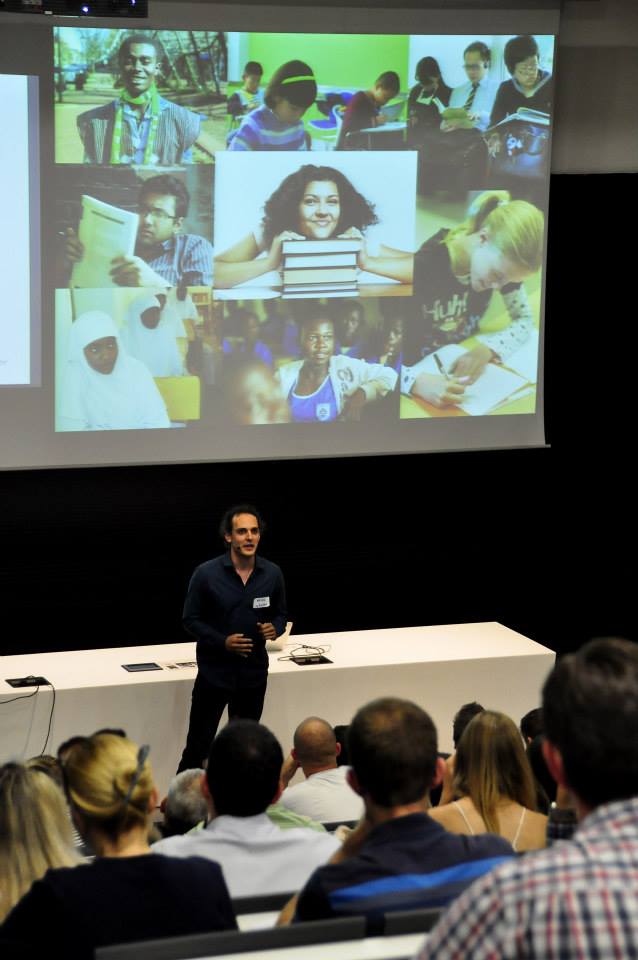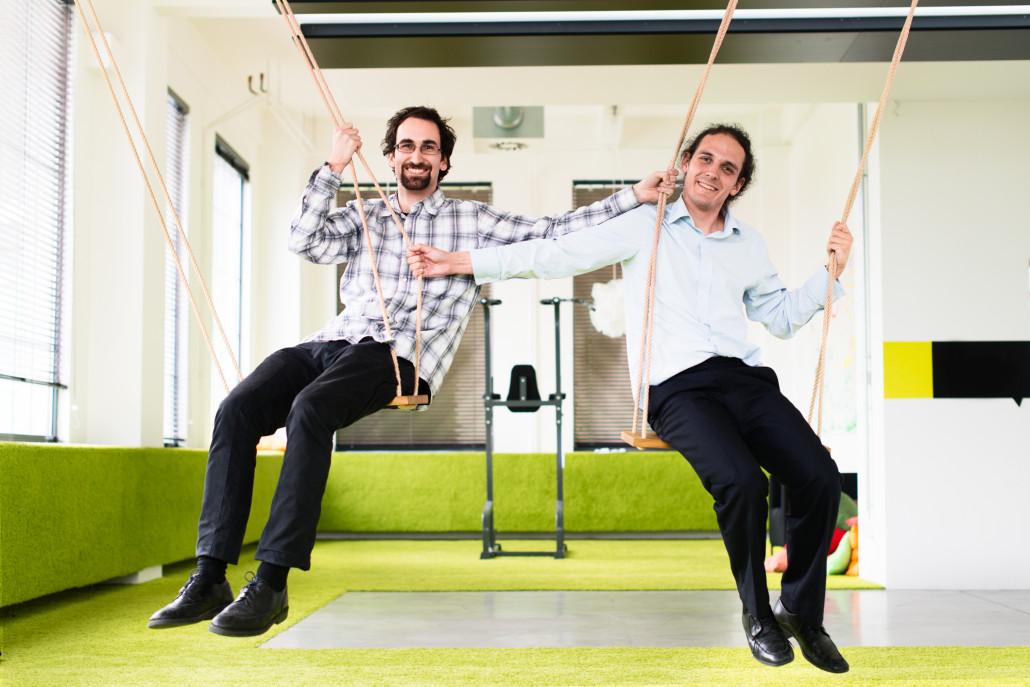Philip Staehelin of Roland Berger: Czech Republic a Gateway for Startups
Philip Staehelin is a StartupYard mentor and investor, and former StartupYard Executive in Residence for 2015. He currently serves as Managing Partner for Roland Berger Consultancy in Prague, with a particular interest in connecting startups with corporate partners. Philip is also a key investor in Gjirafa, a StartupYard company, which recently raised $2 Million from Rockaway Capital.
The following is a lightly edited translation of an interview with Philip that appeared in January in Lidové Noviny. The author is Jan Zizka. Some of the content has been slightly altered for clarity, and several questions have been shortened or removed.
Lidské Noviny: Few have as much experience with Czech startups as globetrotter Philip Staehelin, who has been living in Prague for over two decades. Staehelin merges two different worlds – he has not only been (and still is), very active within the ecosystem of promising startups, but he also has broad experience from various managerial positions in a number of large enterprises. As the new head of the Prague branch of the Roland Berger consultancy, he confirms in this interview that he has clear plans to recommend, even to traditional corporations, learning from the flexibility and the creative mentality of startups.
Silicon Valley, maybe Switzerland, or Israel, is what comes to everyone’s mind when talking about startups. But I’m not sure what the current situation is in Central Europe. Poland, perhaps? Do you think we have already made at least a small step forward for people to associate Prague and/or Brno with startups?
PS: Well, it’s absolutely clear when you include Berlin in the CEE area. There is a real, huge boom of startups, and many investments are now oriented towards Berlin‘s direction. In my opinion, there is enough interesting potential within the Czech Republic as well, but I am not convinced that Prague can become the next startup hub like Silicon Valley, London or Berlin. However, Prague may serve as a kind of funnel and launch pad for startups from the entire CEE region.
Alongside other roles, I’m a mentor and advisor in StartupYard, a startup accelerator which is helping to shape Prague into such a role. For instance, TeskaLabs, a company dealing in mobile communications and IoT (Internet of Things) security, went through our accelerator. Then they were accepted to a leading London accelerator (TechStars).
So people who focus on this business in Prague will be following all startups in the CEE region? Or will early stage investors still be found locally, and other investors from London or Silicon Valley will join them later?
This is one of the possibilities. The key idea is to achieve wider coverage ,which will help Prague become a startup gateway – a bridge from East to West. As for StartupYard, for example, it’s closely linked to Slovakia and Hungary.
The key question is what it will look like here for the investors. In the past, only very limited funds were available. Nonetheless, the appetite for risk, which is obviously closely associated with investments in startups, has recently increased. The competition exists even on the investors’ side. There is also governmental support, albeit still insufficient. However, it’s not the same money as in Silicon Valley yet. Investors here are not giving out finance into concepts or ideas; they rather go after companies that already generate some revenues.
Yes, previous governments experienced that weakness when they started to build up the so-called “Seed Fund” for projects at an early stage. Will it still be very difficult to find other investors for those projects in the research phase?
This surely is a weak point. Yet, I’m not suggesting the government offer money itself to anyone who applies with some “startup.” It would not lead to any better outcome. The state should provide resources to the existing venture capital funds. Or to accelerators, for example.
In StartupYard, we have utilized European funding for the past two years, which helped a lot. But our government can take a number of other useful steps. They can provide support in creating the right eco-system for startups. Although financial aid is very important, it is still just a side-effect in comparison with shaping simple and transparent entrepreneurial environments.
Speaking of the new state-owned National Innovation Fund, are you a sceptic?
Yeah, I am definitely skeptical, but at the same time I have some hope. We need something like this. However, I know how much of the state-provided money has disappeared in past years, without that being reflected in the improved performance of companies.
So I have strong hopes that is isn’t just another opportunity for corruption, and that this money would indeed assist in changing the whole business atmosphere.
The problem is to ensure such a fund is well-managed. Because if you take a look back at the history, you’ll see that similar projects here haven’t been managed well.
The Ministry of Industry and Trade wants the new fund to invest along with private investors. Is that vital to success?
Fortunately, our government representatives do realize that they aren’t much good at choosing startups with potential. The state is not a professional investor, and wants to be assured that someone else will be involved, and put their own capital into selected projects. The question is whether it can be guaranteed that this money isn’t being allocated to family, relatives and/or friends of those who would be responsible for managing such a fund.
You said that the state has other, more important roles to play.
They should definitely care more about the actual conditions under which new companies are incorporated in the Czech Republic. In comparison with other countries, we are really backwards when it comes to the difficulty involved. Surprisingly though, the situation is even worse in Germany. Still, most other countries in Europe have much more favorable systems. Poland, for example. And Estonia is the bellwether for innovation.
I often hear that we are fighting corruption, while the issues of the entrepreneurial environment itself are cast aside. Do you agree with that?
Well, fighting corruption is extremely important. If you grant hundreds of millions to startups, it can seem like a lot. But it’s still just a fraction of what has been stolen in this country. I was an active member of the Administration Board for Transparency International for several years, so the topic is close to my heart. Czech firms simply won‘t be able to reach their potential without ending all the graft. If the government could prevent the misuse of public money, and was able to use it properly with promising new companies, that would have tremendous effects.
Just to name a successful example – consider anti-virus experts such as AVG or Avast. They help our economic growth and they employ many people. And on top of that, they are promoting the whole country abroad. We can dare say we are leaders in internet safety because of them.
Some in Czech business circles would tell you that even today, banks will remain central to financing here. The Prague Stock Exchange has no particular reputation, but banks can’t be replaced, and VCs can’t save us. Moreover, banks have more liquidity, and tend to claim they can’t find good business plans or interesting projects.
Banks are too careful when it comes to risk, as part of their basic makeup. And definitely they are not the best choice for startups. As I already mentioned, even some venture capital funds here are risk averse. Which is obviously quite a difficult situation for startups – usually with no assets and frequently being “one-garage” style firms. They have computers and that‘s it. So very often, they have no other options but to ask their friends and/or family for seed money. Then, so-called angels might get involved – individual private investors. However, from all these relatively small investments you can end up with a nice sum to start with.
And local price levels help too. A few years ago, I personally invested in Video Recruit, a startup that was able to survive here with just EUR 300k for three years. In London, by contrast, you couldn’t live longer than six months on that.
Who are these angels? As far as I know, businessmen like Zbyněk Frolík of Linet or Eduard Kučera from Avast are investing in startups more and more. Do others invest as well, after selling their own businesses, or delegating management to others?
Yes, there is much more funding coming from people who are themselves successful as entrepreneurs. Still, they need better access to startups. That is where the aforementioned accelerator model might be useful, as many great entrepreneurs are involved there as mentors.
To become an investor, you don’t need millions. An investor can be managers who have just done well enough. Another example: a company that went through the StartupYard accelerator a few years ago was an “Albanian Seznam,” called Gjirafa. Our mentors were among their first investors.
As the new Roland Berger Managing Partner, you plan to focus on cooperation between large corporates and interesting startups. Why are you so driven to connect these two seemingly diverse cultures?
You’re right. I am very excited about this, and for multiple reasons. I used to work for T-Mobile, as a member of its international team for innovations. We came up with a few nice ideas, but the company then lacked the ability to work with and develop them. That was about eight years ago; and large companies, including T-Mobile, have changed a lot since then. Today, there ‘s much more understanding that driving innovation is important, and that there are lessons to learn from the flexible approach of startups. The question now, is how.
They can try to incorporate startups into their own structure, but oftentimes startups don’t want that. They don’t want to become just a smaller part of a big unit with overwhelming administration, with no room for development and growth.
What’s your solution?
Startups can stay outside large enterprises, keeping their uniqueness and creativity, but still working cooperatively. Corporations can then create, in collaboration with these startups, some kind of innovation lab where ideas can be worked on. This mode of cooperation is highly fruitful for startups, especially if they get at least some financial support from a bigger company. This is not to mention the advantage of an enterprise’s customer network.
Yet, there is another model available – creating corporate venture capital companies, and buying shares in prospective firms that are relevant to their overall strategy. As a big plus, you don’t have to put all your eggs in one basket.
It occurs to me that you personally represent a good example of combining these two worlds – you probably aren’t a very typical head for such a traditional consultancy as Roland Berger.
True. I have been a consultant before and wasn’t sure whether to return to the role or not. Though, I had a long discussion on innovation with a global head of Roland Berger, who aims to lead this company more deeply into the digital world and to a new mix of consulting, technology and private equity. This is a very nice, thrilling vision and also completely in line with my own convictions.
To what extent will this be attractive for Czech companies without foreign ownership? Merging trans-national corporations and startups might seem to far afield for them.
There are many types of innovation. Some Czech companies have agreed to try innovating inside their establishments according to the Industry 4.0 concept. In other words, to integrate the latest technologies and maximize the value of what they already do. And it can work out pretty well because a lot of local firms are very specialized in one particular segment. But it might be helpful even for them to be inspired by a startup mentality. I think also that Czech companies must stay open and try many paths. If something fails, it’s rational to try something different.
Do you think the whole concept of Industry 4.0 is more than marketing jargon? Is it an exaggeration to call this the 4th industrial revolution? Computerizing, digitalization – we’ve seen all this already as a part of the third one.
I am an eye-witness to the fact that this really is the fourth revolution, and I don’t think this is a matter of mere marketing. If companies succeed in gathering data from each & every machine and interconnect all processes ,from logistics to production, that’s an appreciable progression towards higher efficiency.
The Industry 4.0 principle relies not only in applying automation and robotics on your manufacturing processes, but also in integrating all data into your planning – wherever that data comes from (both inside and outside) – and working with it efficiently.
To put it simply, a brewery will be able to connect information on how a climate phenomenon like El Nino may influence this year’s harvest yield, together with historical details on how similar weather swings affected beer consumption in the past, and adjust their strategy for the future accordingly. Or you can easily detect in advance when one of the production line components might break down, or wear ou,t and avoid that by performing pre-emptive maintenance.
The Industry 4.0 concept came here from Germany. My question is a bit wider though – do you think it’s good that the Czechs are so strongly linked to the German economy?
Actually, this is more of a political question… Look, we are such a small country, there are just ten million of us.
Did you really say „we/us“?
Yes, of course. I’ve been living here for more than twenty-two years, I obtained Czech citizenship last year. My wife is Czech as well as both my kids. And I also became a big fan of the Czech national hockey team…
So you are eligible to vote as well.
I will definitely vote, but it will be a tough decision to make. Anyway, I do think we have no better option than our relationship with Germany. I am a bit worried about that element in Czech society that is pulling us back towards the Russian sphere of influence again. So I am willing and happy to be a German ally, vven if neither is perfect nor ideal. But we can benefit immensely from the German industrial base being as strong as it is.
On the other hand, that doesn’t necessarily mean Czechs shouldn’t strive to enter other markets. I gladly support market expansion. And well, if our local startups can be a part of the global scene, it will be a massive thing for the Czech economy.

